Marketing isn’t just about saying “Hey folks! Buy our product…” It is all about unlocking the secrets of the marketplace and using them to your advantage, so you can win your audience’s hearts.

Let’s explore seven marketing theories that can empower you to make smarter decisions and craft more impactful strategies!
(A) Brand storytelling theory
Suppose you’re sitting around a campfire, and someone begins to tell a captivating story. You’re drawn in, and eager to hear more, right? Well, that’s the power of brand storytelling. It’s about crafting a narrative that appeals to your audience and makes them feel connected to your brand.
Think about your favorite brands. Chances are, they have a compelling story behind them!
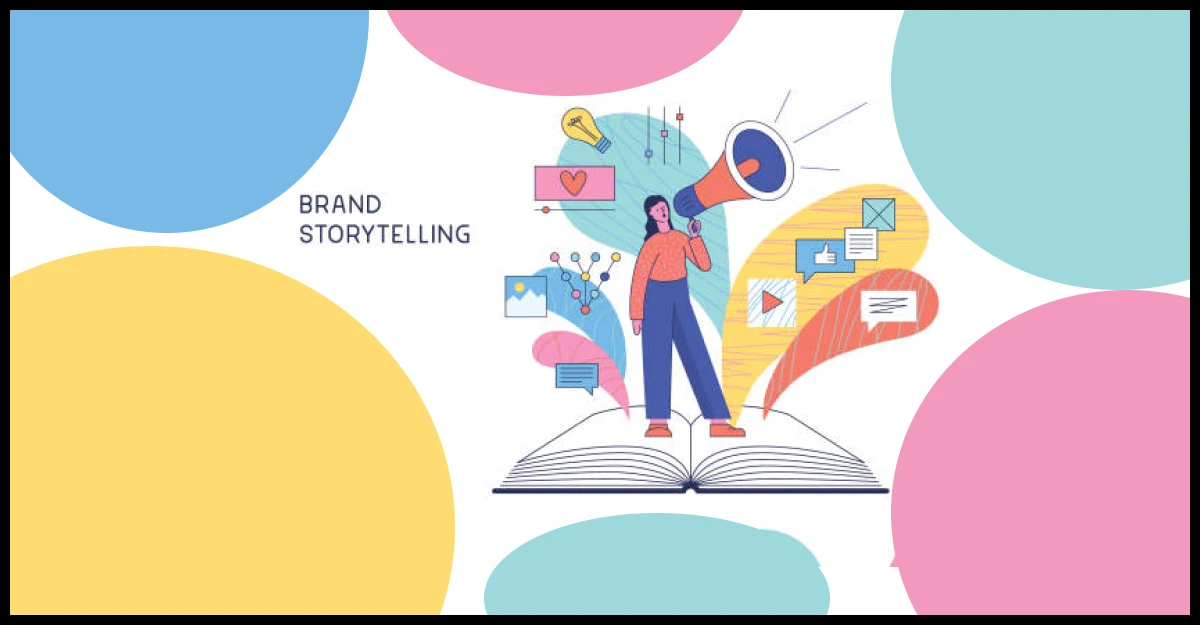
(A.1) Example
Take Nike, for example. They don’t just sell shoes, they sell the idea of pushing your limits and achieving greatness. Through their “Just Do It” campaign, they tell stories of athletes overcoming obstacles and achieving their dreams. This emotional connection keeps customers coming back for more.
When you share your brand’s story authentically and consistently, you’re inviting people to be part of something bigger than just a product or service. You’re inviting them on a journey, sparking their imagination, and building loyalty along the way.
So, next time you’re thinking about marketing your brand, remember the power of storytelling to capture hearts and minds!
(B) Consistency Theory
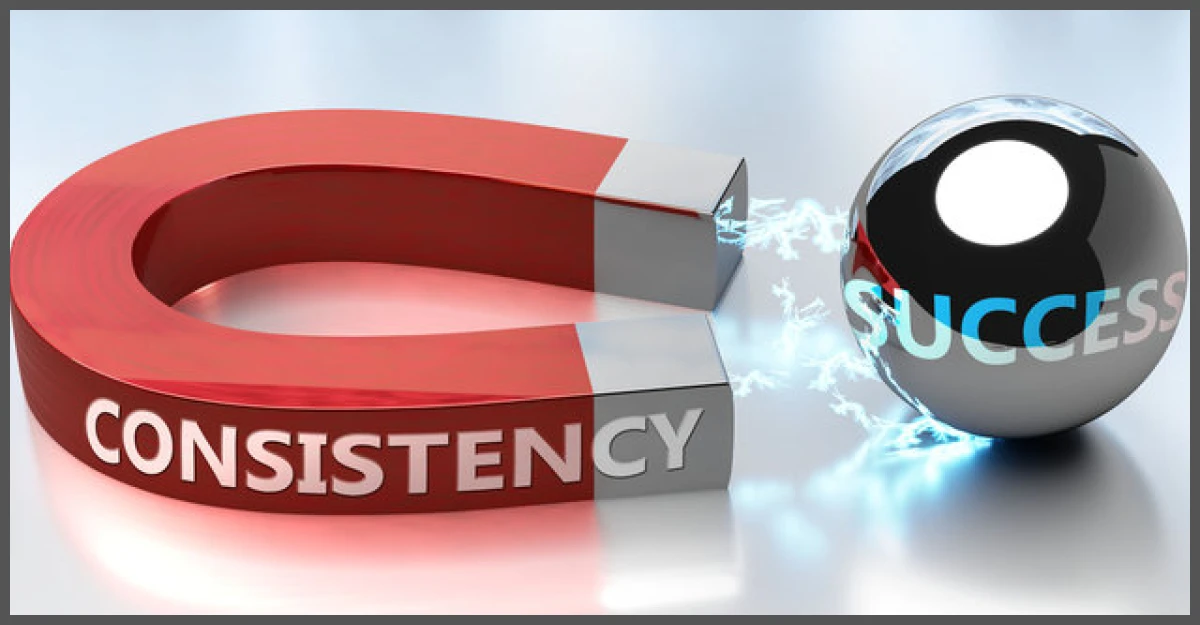
When you’re trying out a new restaurant. The first time you go, the food is delicious, the service is great, and you leave feeling satisfied. Now, you’re more likely to go back, right? That’s because of consistency.
Consistency theory is all about the idea that people like things to stay the same. It’s like when you find a brand of shampoo that works for your hair – you stick with it because you know what to expect. In marketing, this means keeping your message, branding, and customer experience consistent across all touchpoints.
Think about Coca-Cola. No matter where you are in the world, you know exactly what you’re getting when you order a Coke – the taste, the logo, the experience – it’s all consistent. This builds trust with customers and keeps them coming back for more.
So, when you’re building your brand, remember the power of consistency. Stick to your message, keep your branding cohesive, and deliver a consistent experience every time. It’s the key to winning over loyal customers.
(C) Maslow’s Hierarchy of Needs
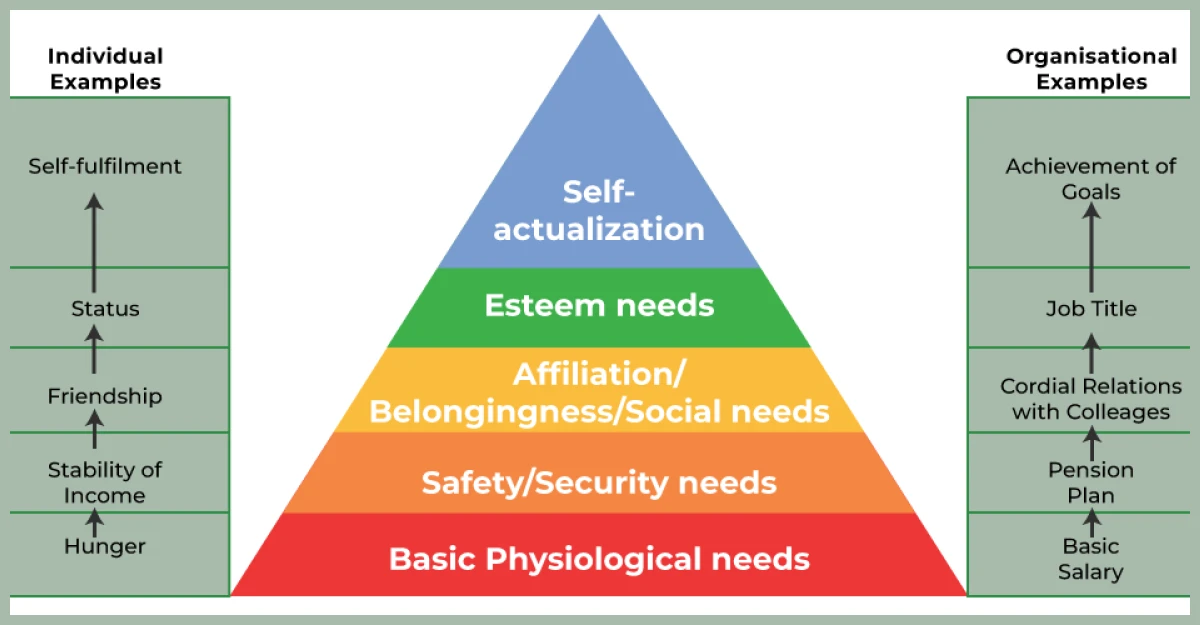
Maslow’s hierarchy of needs works like a pyramid where you have to unlock each level to reach the top.
The levels are-
- Level 5: Physiological Needs (Air, Water, Food, Shelter, Sleep, Clothing, Reproduction)
- Level 4: Safety Needs (Personal Security, Employment, Resources, Health, Property)
- Level 3: Love and Belonging (Friendship, Intimacy, Family, Sense of Connection)
- Level 2: Esteem (Respect, Self-Esteem, Status, recognition, Strength, Freedom)
- Level 1: Self-Actualization (Desire to become the most that one can be)
(C.1) Concept of Maslow’s Hierarchy of Needs
Let me concise this concept-
At the bottom of the pyramid are your basic needs, like food, water, and shelter. These are the things you need just to survive. Once those are taken care of, you move up to the next level, which is safety – feeling secure in your environment, both physically and financially.
Next comes love and belonging – having friends, family, and a sense of community. Then, it’s all about esteem – feeling good about yourself and earning the respect of others. And finally, at the top of the pyramid, you have self-actualization – reaching your full potential and living a fulfilling life.
(C.2) Example-
For instance- Think about a company that sells outdoor gear, like camping equipment. They might appeal to your need for safety by promoting sturdy tents and reliable gear that keeps you protected in the wilderness. Then, they tap into your need for belonging by showcasing images of friends and families bonding over outdoor adventures. And finally, they inspire you to reach your full potential by showing stories of people conquering mountains and exploring the great outdoors.
In case, you’re crafting your marketing strategy, think about where your customers are on Maslow’s pyramid and how you can meet their needs at each level. It’s a powerful tool for understanding what drives human behavior and how you can connect with your audience on a deeper level.
(D) Analysis Paralysis Theory
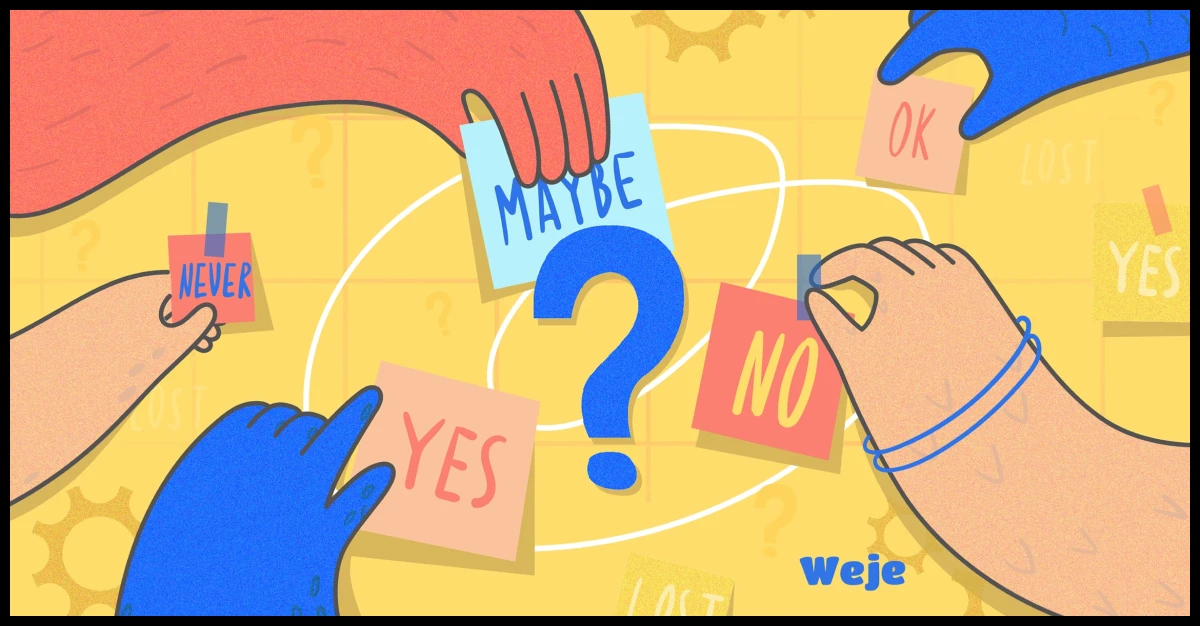
Have you been in a situation where you’re shopping online for a new pair of headphones? You start scrolling through endless options – wireless, noise-canceling, over-ear, in-ear – and before you know it, you’re overwhelmed by all the choices. That’s analysis paralysis.
So analysis paralysis occurs when you overanalyze or overthink the alternatives resulting in the inability to decide.
Now, how is it related to marketing theories? Let me explain.
As a savvy marketer, you can help your customers avoid analysis paralysis by keeping things straightforward. Focus on highlighting the most important features of your product or service, and guide your customers through the decision-making process with clear, concise messaging.
Remember, less is often more when it comes to marketing. So don’t overwhelm your audience with too much information – instead, make it easy for them to make a decision and take action.
(E) Pirate Metrics Theory
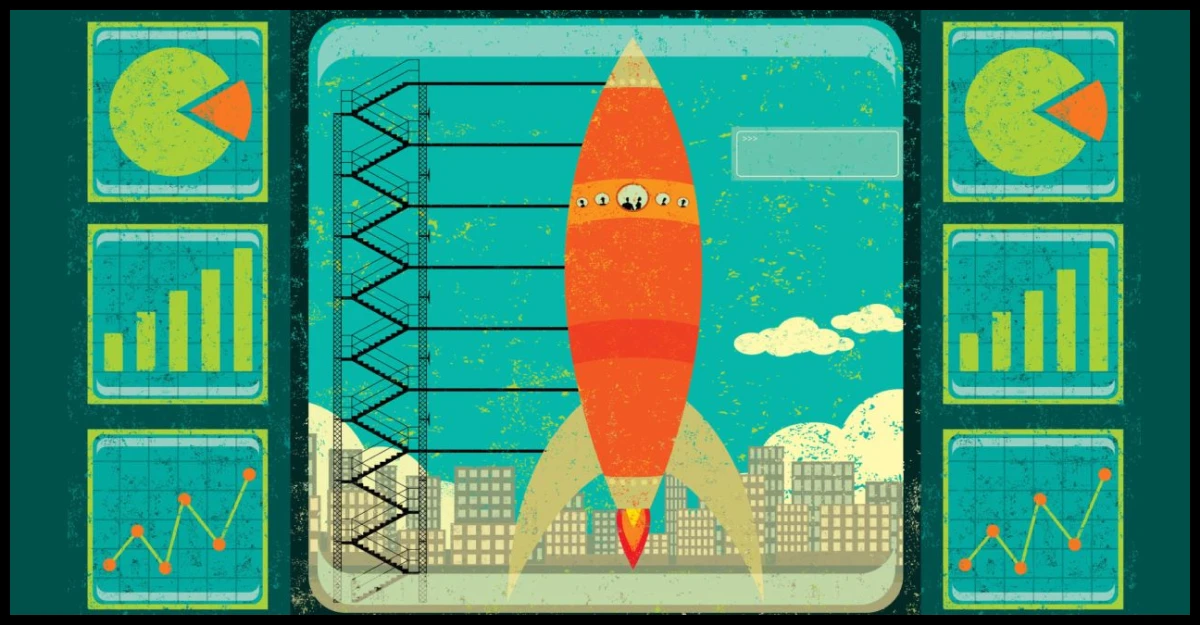
The Pirate Metrics Theory breaks down the customer journey into five key stages- Acquisition, Activation, Retention, Revenue, and Referral. You can assume them as the treasures you need to collect to become a successful pirate marketer!
- Acquisition: This is the stage where you attract new customers to your business. It’s like casting a wide net to reach potential customers through methods like advertising, social media, or referrals.
- Activation: Once you’ve caught their interest, the next step is to turn these potential customers into active users or buyers. This involves getting them to take a specific action, such as signing up for a trial or making their first purchase.
- Retention: Now that you’ve got them on board, you want to ensure they stay with your business over time. Retention is about keeping customers engaged and satisfied so they continue to support your business.
- Revenue: This stage is where you generate income from your customers. Whether it’s through sales, subscriptions, or other transactions, the goal is to make a profit from your customer base.
- Referral: Happy customers can be your best advocates. Referral involves encouraging satisfied customers to spread the word about your business to others, helping to attract new customers through word-of-mouth recommendations.
By understanding and optimizing each stage of the Pirate Metrics Theory, you can effectively navigate the journey of attracting, converting, and retaining customers for your business.
(F) Real-time Marketing
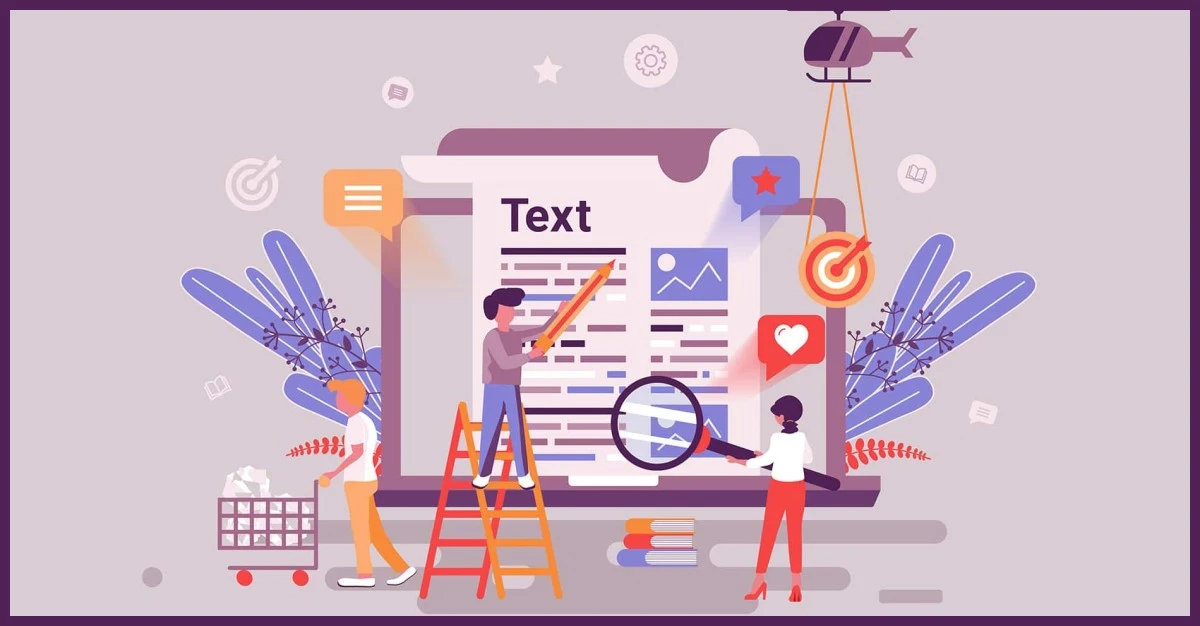
Real-time marketing refers to the practice of creating and delivering marketing messages or campaigns in response to current events, trends, or consumer behaviors. It’s about being agile, responsive, and proactive in engaging with your audience in the moment.
Here are the key aspects of Real-time marketing-
- Agility (Quick Thinking): Real-time marketing means being fast and flexible. You must monitor trends, conversations, and events in real time and adapt marketing strategies accordingly. This agility allows companies to capitalize on opportunities as they arise and stay relevant in a fast-paced digital world.
- Relevance: The essence of real-time marketing is relevance. It’s about delivering the right message to the right audience at the right time. By understanding your audience’s interests, preferences, and behaviors, your businesses can create timely and personalized marketing content that resonates with consumers and drives engagement.
- Responsiveness: Real-time marketing is all about being responsive to consumer interactions and feedback. You must actively engage with customers on social media, respond to comments and messages, and address concerns or inquiries on time. This responsiveness helps build trust, loyalty, and positive brand perception.
- Creativity: Creativity plays a crucial role in real-time marketing. It’s about finding innovative ways to connect with your audience and capture their attention in the moment. Whether it’s through clever social media posts, timely promotions, or interactive content, creativity allows businesses to stand out and make an impact in a crowded digital landscape.
(F.1) Examples
- Having Fun on Social Media during Big Events: When there’s a big event like the Super Bowl or Oscars, brands jump in with fun posts and ads. They chat with fans and make jokes about what’s happening in the game or show.
- Suggesting Stuff You Might Like: When you’re shopping online, websites use info about what you’ve looked at to suggest other things you might want. It’s like when Amazon says, “People who bought this also bought…”
- Sending Emails that Know What You Want: Have you ever searched for a flight online and then got an email with flight deals? That’s real-time marketing in action! Or maybe you left something in your online shopping cart, and the store sent you an email to remind you.
- Special Deals based on Where You Are: Imagine walking into a store and getting a message on your phone with a special offer just for being there. That’s what happens with location-based offers! Like when Starbucks’ app tells you about nearby stores and gives you rewards just for being close.
- Getting Help Right When You Need It: Ever had a question while shopping online and got help right away through a chat box? Brands like Zappos are great at this. They make sure you get answers fast, so you have a good experience.
Remember, real-time marketing isn’t just about being fast; it’s about giving customers what they need and when they need it.
(G) Marketing Mix

The Marketing Mix is a fundamental concept in business strategy that outlines the set of variables or “ingredients” a company uses to market its products or services effectively. Just think of it as a toolbox filled with different tools that help businesses reach their customers and sell their stuff. These tools include things like the product itself, how much it costs, where and how it’s sold, and how it’s promoted.
Let’s dive into the details-
(G.1) The 4Ps of Marketing Mix
- Product: This refers to the actual goods or services offered by a company. It involves decisions about product design, features, quality, branding, packaging, and more. Essentially, it’s about creating something that meets the needs and wants of your target customers.
- Price: Price is the amount customers pay for a product or service. It’s not just about setting a number but also considering factors like pricing strategies, discounts, and perceived value. The price should reflect the value customers perceive in your product while also covering your costs and generating profit.
- Place: Place refers to the distribution channels used to make the product available to customers. It involves decisions about where and how to sell the product, such as through retail stores, online platforms, or direct sales. The goal is to ensure the product is easily accessible to the target market.
- Promotion: Promotion involves all the activities used to communicate and promote the product to the target audience. This includes advertising, sales promotions, public relations, direct marketing, and more. The aim is to create awareness, generate interest, and persuade customers to purchase the product.
(G.2) Other Ps
This is not the end! There are additional Ps that are called an “Extended Marketing Mix”-
- People: This refers to the people involved in delivering the product or service to customers, including employees, sales staff, customer service representatives, and more. Providing excellent customer service and building strong relationships with customers are key aspects of this element.
- Process: Process refers to the systems and procedures involved in delivering the product or service to customers. It includes things like order processing, payment methods, delivery mechanisms, and customer support processes. A smooth and efficient process enhances the overall customer experience.
- Physical Evidence: Physical evidence relates to the tangible elements that customers encounter when interacting with the brand or product. This includes things like the physical environment, packaging, signage, and other sensory cues. It’s about creating a positive impression and reinforcing the brand image.
So yes! Marketing Mix is like a toolkit that helps businesses sell their products or services effectively. By carefully looking at and improving each part of the toolkit, companies can create a strong and successful marketing plan that connects with their customers and helps them do well in the market.
Final Thoughts on Marketing Theories
Grasping these seven impactful marketing theories is like having your own personal guide to success in the business world. Each theory sheds light on how consumers behave and how you can effectively connect with them. Whether it’s through storytelling, consistency, or meeting customer needs, these theories offer valuable insights for crafting powerful marketing strategies tailored to your needs.
So, keep these theories in mind as you embark on your marketing journey—they’re your key to unlocking your business’s full potential!

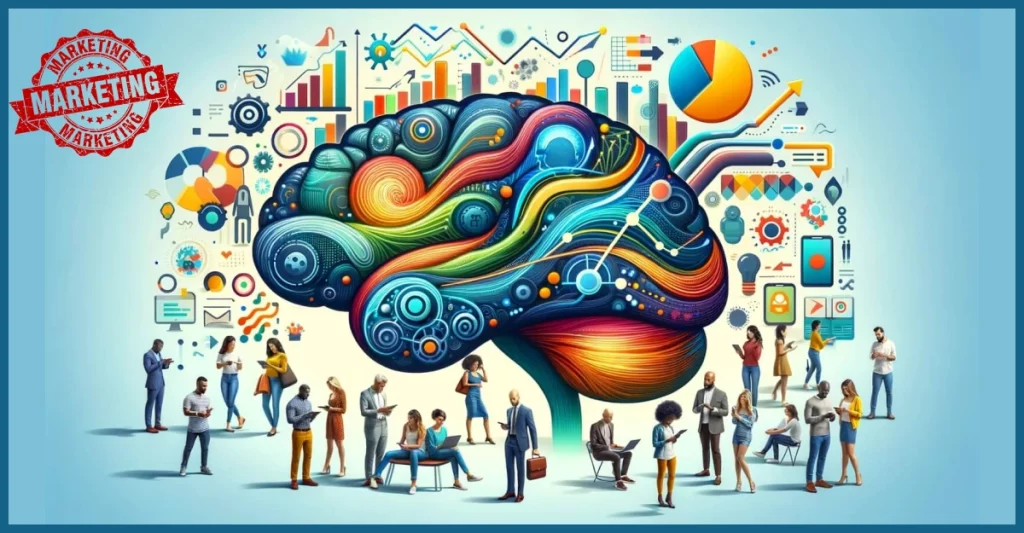
Do brands use all these marketing strategies simultaneously? I guess it won’t make any sense. BTW which marketing strategy is the most effective out of the ones mentioned in this article?